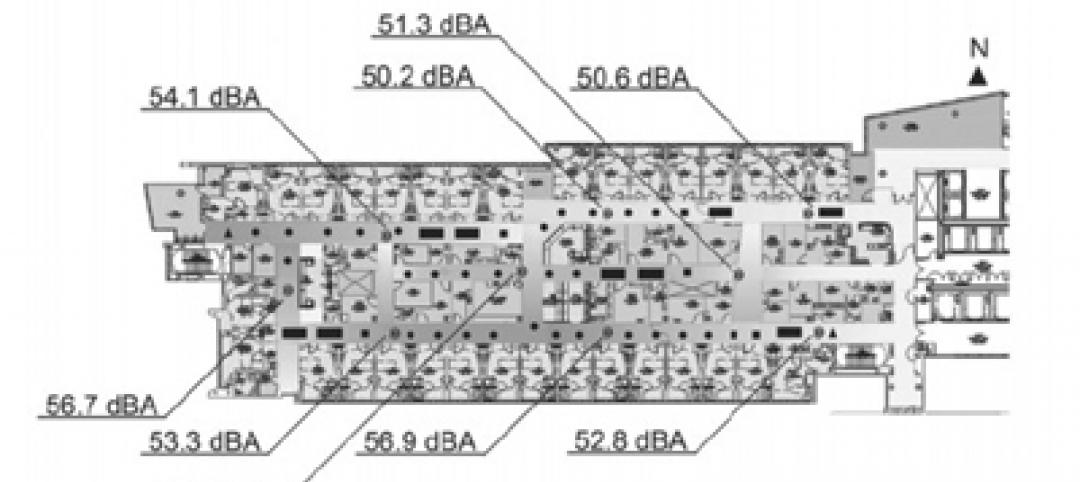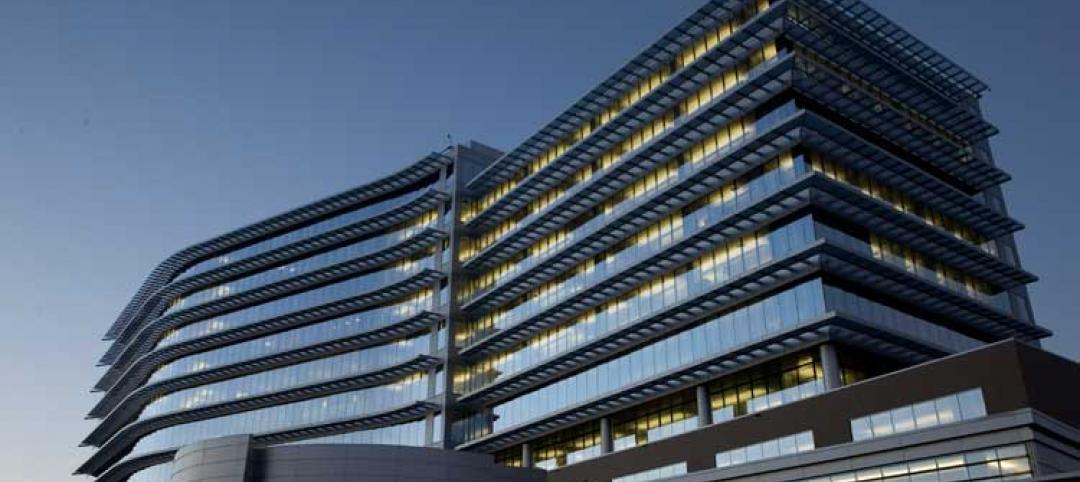Toyota announced that it has selected Dallas-based KDC Real Estate Development & Investments (KDC) to develop its new North American headquarters campus in the Legacy West development in Plano, Texas.
“We are excited to move forward with KDC to develop our new North American headquarters,” said Doug Beebe, Corporate Manager, Administrative Services at Toyota Motor Sales, Inc. “KDC has a proven track record of delivering high value and innovative projects to a diverse group of clients on time and on budget. They are also a recognized leader in providing environmentally sustainable solutions, an important qualification as we plan for an environmentally sustainable campus. We are confident that KDC will deliver a world-class facility that our employees will be proud to call home.”
“We are proud to be partnering with Toyota on the development of its new home in North America,” said Steve Van Amburgh, CEO, KDC. “We look forward to welcoming Toyota to Plano with a state-of-the-art headquarters that truly reflects the values of the company and its employees. It’s a real honor to play a role in this important milestone for Toyota and historic corporate relocation for North Texas.”
In addition to extensive national experience, KDC has been involved in a number of large-scale, high-profile commercial real estate projects in the Dallas-Fort Worth Metroplex, including an “urban village” of office, retail and residences currently under development in Legacy West near the 100-acre Toyota headquarters site.
Toyota recently finalized the purchase of its new headquarters site and expects to begin occupying the campus in late 2016 or early 2017. Once completed, the headquarters will be home to about 4,000 Toyota employees.
Related Stories
| Jul 18, 2013
Top Government Sector Construction Firms [2013 Giants 300 Report]
Clark Group, Turner, PCL head Building Design+Construction's 2013 ranking of the largest government sector contractors and construction management firms in the U.S.
| Jul 18, 2013
Top Government Sector Engineering Firms [2013 Giants 300 Report]
Fluor, URS, AECOM top Building Design+Construction's 2013 ranking of the largest government sector engineering and engineering/architecture firms in the U.S.
| Jul 18, 2013
Top Government Sector Architecture Firms [2013 Giants 300 Report]
Stantec, HOK, HDR top Building Design+Construction's 2013 ranking of the largest government sector architecture and architecture/engineering firms in the U.S.
| Jul 18, 2013
Do third-corridor designs actually work for healthcare environments?
A recent study of a nursing unit assessed whether the space's third corridor does what it was intended to do: reduce noise and distraction to patients and nursing staff.
| Jul 18, 2013
LEGO takes on the iconic Sydney Opera House
This September, LEGO will expand its LEGO Creator Expert series with a 2,989-brick model of the iconic Sydney Opera House.
| Jul 17, 2013
Top Multifamily Construction Firms [2013 Giants 300 Report]
Lend Lease, Clark Group, Balfour Beatty top Building Design+Construction's 2013 ranking of the largest multifamily contractors and construction management firms in the United States.
| Jul 17, 2013
Top Multifamily Engineering Firms [2013 Giants 300 Report]
STV, URS, AECOM top Building Design+Construction's 2013 ranking of the largest multifamily engineering and engineering/architecture firms in the United States.
| Jul 17, 2013
Top Multifamily Architecture Firms [2013 Giants 300 Report]
IBI Group, Niles Bolton, Perkins Eastman top Building Design+Construction's 2013 ranking of the largest multifamily architecture and architecture/engineering firms in the United States.
| Jul 17, 2013
CBRE recognizes nation's best green research projects
A rating system for comparative tenant energy use and a detailed evaluation of Energy Star energy management strategies are among the green research projects to be honored by commercial real estate giant CBRE Group.
| Jul 17, 2013
Should city parking space requirements be abolished?
Some cities are deliberately discouraging construction of new parking spaces by allowing the construction of buildings with a lower ratio of parking spaces to dwellings (as low as 0.75 spaces per residence).










